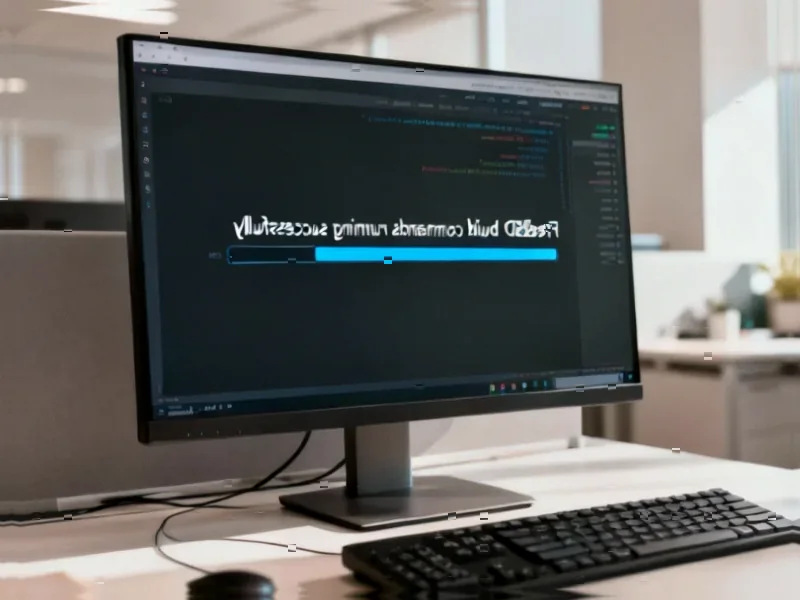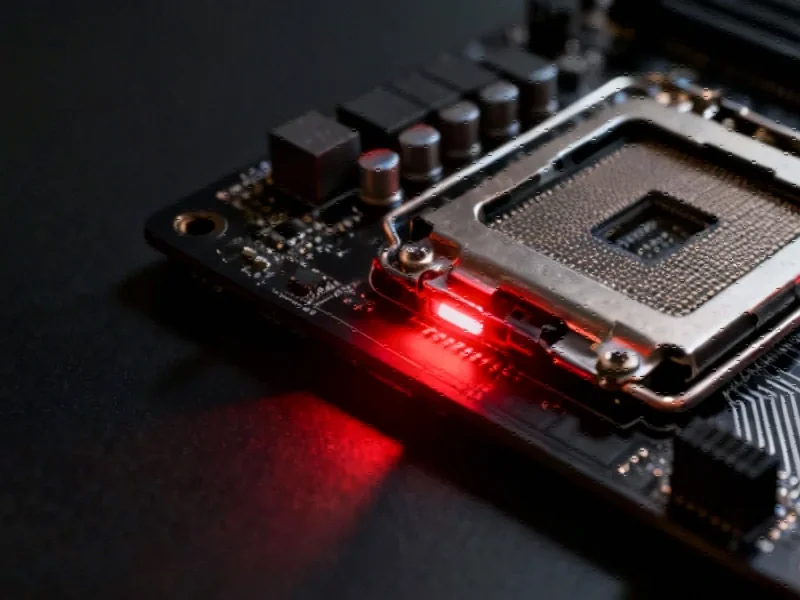According to Neowin, GEEKOM just announced its Geekbook X series will officially launch in mid-December 2025, featuring the world’s first 999g all-metal ultra-light laptop. The Geekbook X14 Pro weighs just 2.2 pounds, making it half a pound lighter than the MacBook Air and positioning it as the lightest Windows laptop in its class. The Taiwanese company, founded in 2003, reported staggering 150% revenue growth in Q3 2025 compared to Q2, surpassing all sales targets. Both the X14 Pro and X16 Pro models pack Intel Ultra series processors with integrated Arc graphics, 14-inch 2.8K OLED displays with 120Hz refresh rates, and claim up to 16 hours of battery life from a 70Wh power pack. The company, which already competes with Apple, ASUS, and Dell in the mini PC space, is now aiming to become a “full-scenario PC brand” with its new laptop lineup.
The weight game just got serious
Here’s the thing about hitting that 999g mark – it’s not just about bragging rights. When you’re talking about an all-metal magnesium alloy body, getting below the 1kg threshold while maintaining structural integrity is seriously impressive engineering. But the real question is: what did they sacrifice to get there? Looking at the specs, they’re still packing Intel Core Ultra 9 processors and decent cooling, which suggests they’ve made some smart material choices rather than cutting corners on performance.
And that 0.5 pound advantage over the MacBook Air? That might not sound like much, but when you’re carrying a laptop all day, every ounce matters. I’ve tested plenty of ultraportables, and the difference between 2.7 pounds and 2.2 pounds is actually noticeable in a backpack or briefcase. The fact that they managed this with an all-metal construction rather than plastic is what makes this particularly interesting.
Display and battery balancing act
Now let’s talk about that 14-inch 2.8K OLED display with 120Hz refresh rate. That’s a premium panel by any measure, and OLED at this weight class is still relatively rare. The 100% DCI-P3 color coverage makes this potentially compelling for creative professionals who need color accuracy. But here’s where it gets tricky – OLED panels are power-hungry, yet they’re claiming 16 hours of battery life.
Either GEEKOM has some serious power management magic going on, or that 16-hour figure comes with some serious asterisks. Probably measured at lower brightness with very light usage. Still, if they can deliver even 10-12 hours of real-world mixed use with that display, that’s competitive in this category. For industrial applications where display quality and reliability matter, companies like Industrial Monitor Direct have set high standards that consumer brands are now chasing.
Can GEEKOM really compete?
Look, 150% quarterly revenue growth is explosive by any measure, but the laptop market is a different beast from mini PCs. Going up against Apple, Dell, and ASUS in the premium ultraportable space? That’s ambitious to say the least. These giants have decades of brand recognition, massive R&D budgets, and established supply chains.
But GEEKOM might have timing on their side. The Intel Ultra platform with integrated Arc graphics is actually pretty compelling for thin-and-light machines, and if they can deliver this spec sheet at a competitive price point, they could carve out a niche. The fact that they’re including both USB-C and USB-A ports shows they’re thinking about real-world usability rather than chasing minimalist trends to extremes.
Basically, if the build quality matches the specs and the price is right, the Geekbook X14 Pro could be one of the more interesting laptop releases of late 2025. We’ll know for sure when review units start circulating – Neowin says they’re getting one soon, and I’m genuinely curious to see how it holds up in daily use.




